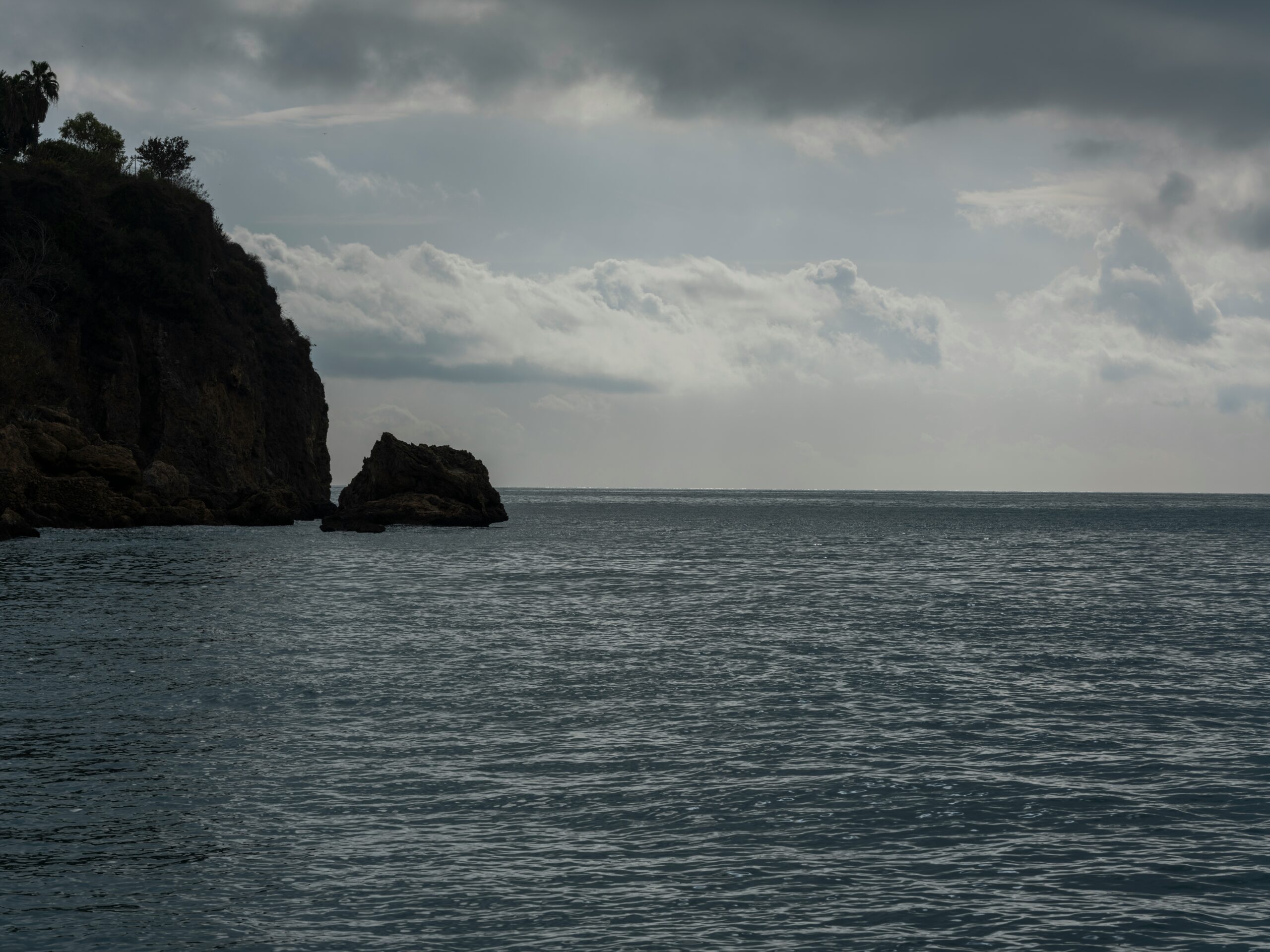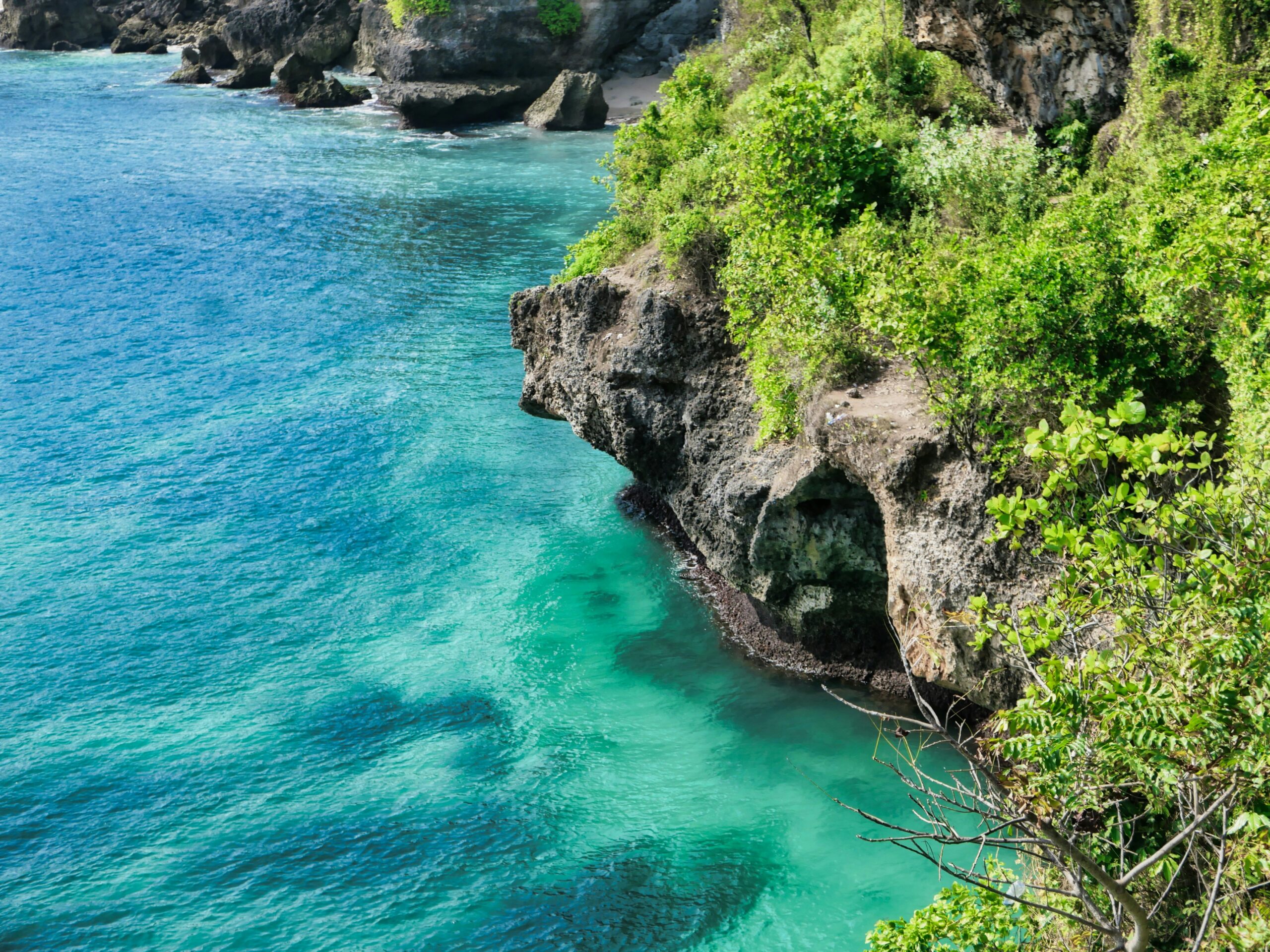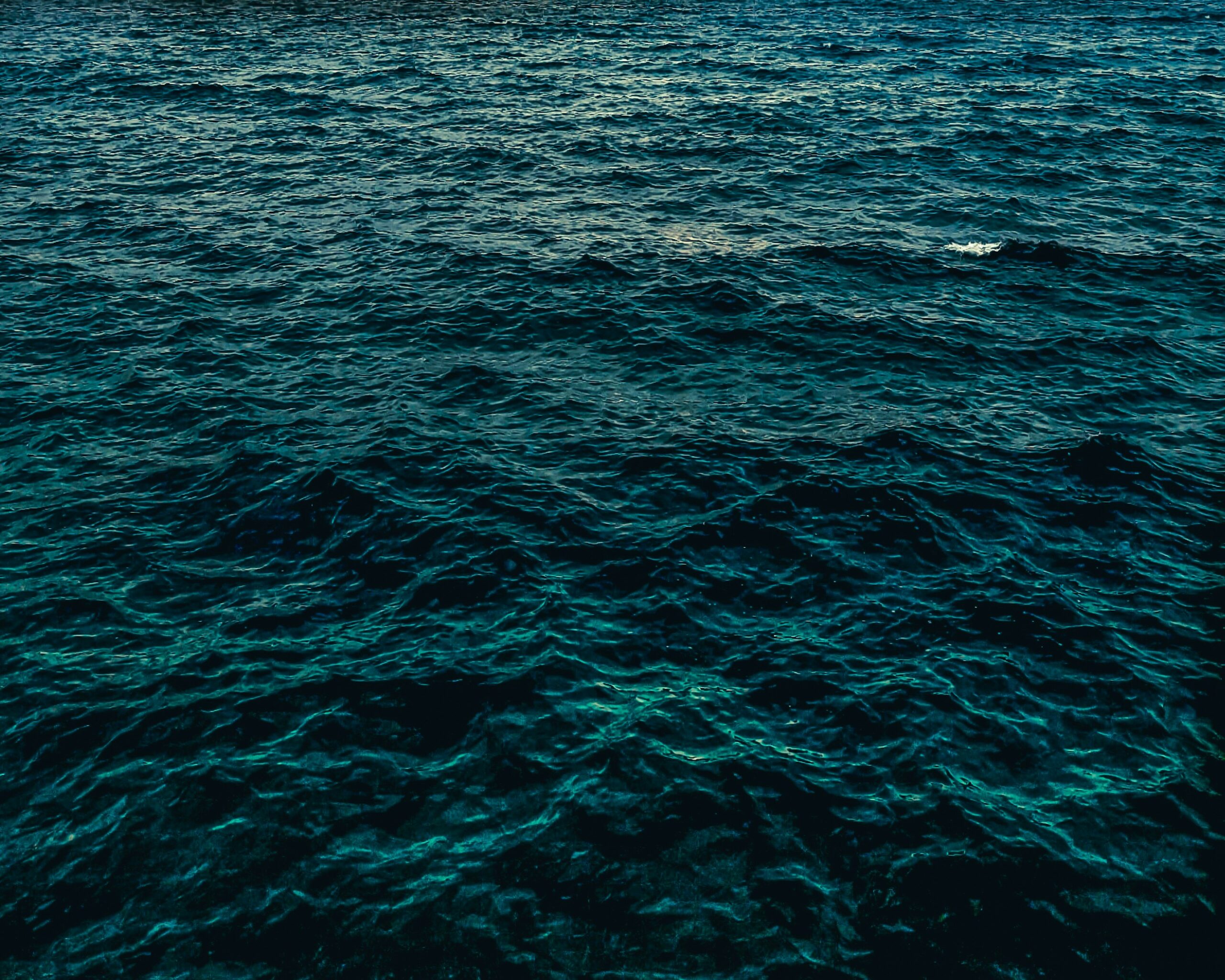Coastal erosion is a natural process that involves the gradual wearing away of land along shorelines, often driven by the persistent energy of ocean waves. While erosion is a necessary part of natural coastal evolution, it can become problematic when it threatens human settlements, ecosystems, and valuable resources. Understanding how ocean waves contribute to coastal erosion is essential for developing strategies to protect vulnerable coastlines. So, how exactly do waves shape and erode the shores we cherish?
What is Coastal Erosion?
Coastal erosion refers to the removal of land and sediment from a coastline due to natural forces like waves, currents, and tides. The process can reshape entire landscapes over time. While erosion occurs globally, the rate and impact vary depending on local conditions, such as the composition of the shoreline and the types of waves that interact with it.
Factors such as wind, water level changes, and human activities can accelerate erosion, but waves are often the primary driver. Coastal erosion has long-term implications for both natural habitats and human infrastructure, making it a critical environmental concern.
The Role of Ocean Waves in Coastal Erosion
Ocean waves play a major role in eroding coastlines. Waves carry energy that, when they crash against the shore, can break down rock formations, transport sediment, and wash away beaches. The larger and more frequent the waves, the more significant the erosion they cause.
Wave energy transfers to the shore as waves break, exerting force that moves sediment and gradually wears down rock faces. Over time, the consistent action of waves can transform a coastal landscape. Areas with stronger wave energy often experience more severe erosion compared to those with gentler wave activity.

Types of Ocean Waves That Influence Erosion
There are several types of ocean waves, each influencing erosion differently:
- Wind-Generated Waves: These are the most common waves, formed by the wind blowing across the ocean’s surface. Their size and strength depend on wind speed and duration.
- Tidal Waves: These waves, driven by gravitational forces between the Earth, moon, and sun, cause periodic rising and falling of sea levels, contributing to both erosion and sediment deposition.
- Tsunami Waves: Though rare, tsunamis caused by underwater earthquakes can cause catastrophic coastal erosion by flooding and sweeping away large areas of land.
Wave Energy and Its Impact on Coastlines
Wave size and energy have a direct relationship with the amount of erosion a coastline experiences. The more energy a wave has, the more force it exerts when it hits the shore. Waves that hit the shore more frequently or for longer periods also increase the potential for erosion.
Wave refraction, where waves bend as they approach the shore at an angle, can concentrate wave energy on certain parts of the coastline, accelerating erosion in those areas. This is especially common near headlands, where erosion happens faster, leaving behind bays with gentler wave action.
How Ocean Waves Shape Coastal Landscapes
Waves shape coastal landscapes in multiple ways. On sandy beaches, waves remove sand, reducing the width of the beach. In other areas, they can carve cliffs and bluffs, creating dramatic landscapes like sea arches or caves.
Waves also play a significant role in forming and reshaping coastal dunes and barrier islands. As waves transport sand, they either erode dunes or contribute to their buildup. Over time, these shifts dramatically change the appearance and structure of the shoreline.
Longshore Drift and Sediment Transport
One of the most fascinating aspects of wave action is longshore drift, a process where waves hit the shore at an angle, moving sediment along the coast. This movement of sand and pebbles causes both erosion and deposition in different areas.
Longshore drift is vital in forming features like spits and sandbars, which may help protect shorelines by acting as natural barriers against wave action. However, the continual shift of sediment can also lead to coastal erosion in areas where the natural balance of sediment supply is disrupted.
Erosion Hotspots: High-Risk Coastal Areas
Some areas are more prone to erosion than others, particularly:
- Beaches and Sandy Coasts: These areas lose sand quickly to wave action.
- Rocky Shores and Cliff Faces: Although more resistant to erosion, these areas are still worn down by powerful waves.
- Low-Lying Coastal Areas: Places susceptible to storm surges and rising sea levels experience accelerated erosion.
Seasonal Variations in Wave-Induced Erosion
Erosion doesn’t happen at a constant rate throughout the year. For instance, winter waves tend to be more powerful and frequent due to storm systems, leading to higher erosion rates compared to calmer summer waves. Additionally, hurricanes and tropical storms can cause immense short-term erosion with their powerful waves and storm surges.
Human Activities and Their Influence on Wave-Driven Erosion
Human intervention can often worsen the problem of coastal erosion. Coastal development, including the construction of buildings, roads, and seawalls, can interrupt the natural movement of sediment. Structures like groynes and jetties, designed to protect certain areas, can inadvertently accelerate erosion in others by trapping sediment and reducing natural replenishment.
Beach nourishment, where sand is artificially added to beaches, can be effective but is often only a temporary fix, as wave action eventually moves the new sand away.
Climate Change and Its Impact on Ocean Waves
Climate change is significantly affecting coastal erosion. Rising sea levels mean waves reach further inland, eroding areas that were previously safe. Furthermore, increased storm frequency and intensity due to climate change results in more destructive waves, which lead to faster erosion.
Ecosystem Impact of Wave-Induced Coastal Erosion
As waves erode coastlines, they can disrupt ecosystems that depend on stable shorelines. Erosion can harm marine habitats like coral reefs, wetlands, and mangroves, which play crucial roles in supporting biodiversity and protecting coastal areas.
Coastal Management and Mitigation Efforts
To counter coastal erosion, both hard engineering (seawalls, breakwaters) and soft engineering (beach nourishment, dune restoration) solutions are employed. Hard structures often provide short-term relief but can exacerbate erosion elsewhere. Soft solutions aim to work with natural processes and offer more sustainable long-term protection.
Natural Defenses Against Coastal Erosion
Natural features like coral reefs and mangroves act as buffers, absorbing wave energy before it reaches the shore. Coastal vegetation like grasses and shrubs helps hold sediment in place, reducing the rate of erosion. Similarly, barrier islands and sand dunes act as natural barriers that reduce wave impact and protect inland areas.
Conclusion
Ocean waves are one of the primary forces driving coastal erosion. While erosion is a natural process, the increasing frequency of storms, rising sea levels, and human activity have accelerated the rate of change. Understanding how waves affect coastal landscapes is key to developing effective management strategies that balance the needs of people and the environment.
FAQs
- How can coastal communities protect themselves from erosion? Coastal communities can protect themselves through coastal management practices, including constructing seawalls, reinforcing dunes, and restoring mangroves and wetlands.
- What is the difference between natural and human-caused coastal erosion? Natural erosion occurs through processes like waves, wind, and tides, while human-caused erosion results from activities such as construction, damming rivers, and altering natural sediment flow.
- Can coastal erosion be reversed? In some cases, coastal erosion can be mitigated through beach nourishment and restoring natural habitats, but complete reversal is often impossible.
- How does climate change make coastal erosion worse? Rising sea levels and more frequent storms increase the energy of waves, which leads to more rapid erosion along coastlines.
- What role do humans play in accelerating coastal erosion? Human activities like coastal development, deforestation, and altering natural waterways disrupt sediment flow and remove natural barriers, speeding up the erosion process.



